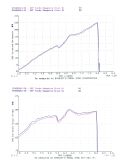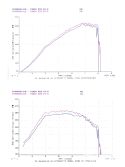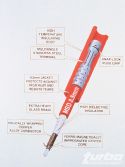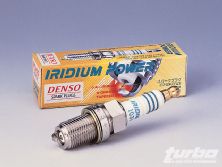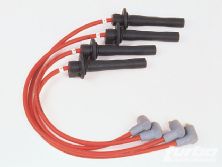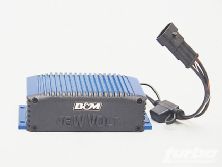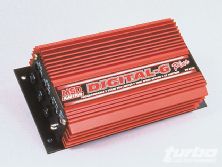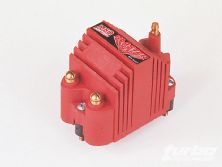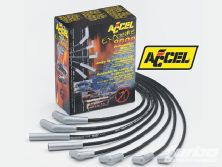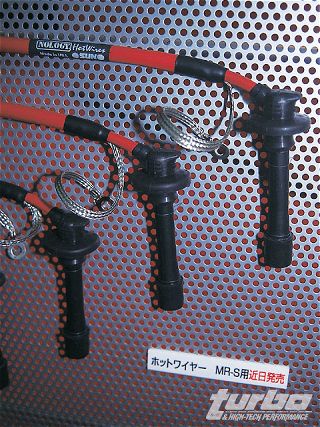 | Performance Ignition Parts - Unleashing The Power Behind The Spark - Ignition Basics
| Performance Ignition Parts - Unleashing The Power Behind The Spark - Ignition Basics
All combustion type engines require two variables to make power-air and fuel (gas, alcohol, methanol, etc). More air and fuel in the combustion chamber means more power potential. However, in reality there is a third variable that determines whether the full power potential from the air/fuel mixture is realized. Although not often associated with the glory of making power, the ignition system is a vital key to ensure that an engine is maximizing its mods. Furthermore, as power increases, so does the need for an intense spark. This means that many enthusiasts may be sacrificing ponies as they up the ante with the more popular upgrades, such as turbos, blowers and nitrous systems.
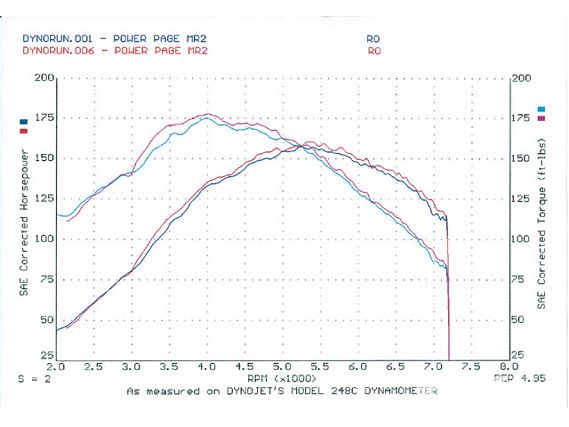 | Our test mule was a 1991 Toyota MR2 Turbo with 85,000 miles on the odometer. Our baseline run registered 157.5 hp and 175.1 lb-ft of torque. By just changing the spark plugs, spark plug wires, distributor cap and rotor, we were able to increase power output to 160.7 hp and 178.0 lb-ft of torque-an increase of 3.2 hp and 2.9 lb-ft of torque.
| Our test mule was a 1991 Toyota MR2 Turbo with 85,000 miles on the odometer. Our baseline run registered 157.5 hp and 175.1 lb-ft of torque. By just changing the spark plugs, spark plug wires, distributor cap and rotor, we were able to increase power output to 160.7 hp and 178.0 lb-ft of torque-an increase of 3.2 hp and 2.9 lb-ft of torque.
Most OE ignition systems will incorporate a power source (battery), ECU (brain), coil, distributor cap, rotor, plug wires and spark plugs. The eventual byproduct of all these components is an eventual spark (ignition) between the spark plug's center and its side electrode, igniting the air/fuel mixture. A shortfall in any one of the links in this chain of components can affect the performance of the ignition system. One of the easiest ways to prevent power loss from poor ignition is by performing proper and periodic maintenance. Service items such as the cap, rotor, spark plugs and plug wires should be inspected (changed when applicable) on a regular (every 5,000 miles) basis.
Most factory ignition systems are more than capable of handling basic upgrades such as an intake, exhaust and header system with no complaint. In these mildly modified engines, a performance ignition system will show little or no power increase.
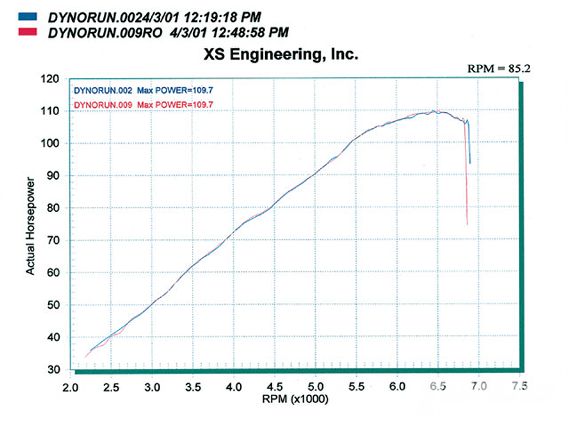 | To prove that the factory ignition system is more than capable of handling basic upgrades, we tested an aftermarket ignition booster box on our lightly modified 1990 project Miata. The Miata was modified with a K&N FIPK filter kit, Racing Beat intake and exhaust. Our baseline figures registered in at 107.9 hp. With the aftermarket ignition box installed, the dyno curve was practically a carbon copy of the baseline graph.
| To prove that the factory ignition system is more than capable of handling basic upgrades, we tested an aftermarket ignition booster box on our lightly modified 1990 project Miata. The Miata was modified with a K&N FIPK filter kit, Racing Beat intake and exhaust. Our baseline figures registered in at 107.9 hp. With the aftermarket ignition box installed, the dyno curve was practically a carbon copy of the baseline graph.
However, as performance upgrades (port and polish, high-lift cam(s), high-compression, nitrous oxide, forced induction, etc.) increases the demand for a hotter ignition spark, the amount of power that can be lost also increases. As we stated earlier, there are two variables in making power: one is air and the other is fuel. The more air and fuel you can squeeze into the combustion camber, the more potential power can be made. Today, it's all about boost with turbos leading the way. Superchargers are also a big part of the picture and nitrous oxide, known as the "chemical supercharger," adds hard-hitting power. While these power adders produce power differently, one constant is a dramatic increase in cylinder pressures. Unfortunately, as cylinder pressure increases, it becomes harder for the spark to jump the gap and ignite the compressed air/fuel mixture. On normally aspirated engines, with the exception of high-compression engines, there isn't a need for a hot ignition set-up due to the relative ease for the spark plug to ignite the air/fuel mixture due to the relatively low cylinder pressure. On forced induction engines however, cylinder pressures can easily reach double or triple that of a normally aspirated engine. Due to the high cylinder pressure associated with "cylinder pressure challenged" engines, more voltage is required to jump the spark plug's gap.
It is difficult to throw a blanket over all ignitions systems and come up with a cut-and-dry set of rules to live by. Some stock ignitions are hurting from the factory; others can handle bolt-on mods and show no ill effects. Ignitions on factory turbocharged cars are usually more adept at lighting the mixture when the boost is cranked up-but there are limitations. An engine that is converted to forced induction will benefit from ignition upgrades. The key is to know your vehicle and have a plan of attack when it comes to modifications, including ignition upgrades.

